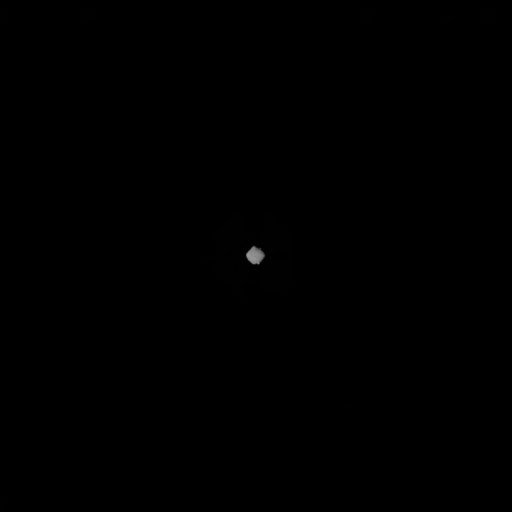Emily Lakdawalla • Aug 03, 2018
A second successful medium-altitude operation for Hayabusa2
For the second time, JAXA navigators have zoomed their cameras and other instruments in on asteroid Ryugu. The August 1 operation was quicker than the first, taking only 26 hours to descend, do science, and ascend.
The spacecraft ordinarily maintains a position at a "home" distance of 20 kilometers away from Ryugu, stationkeeping at a spot between Earth and the asteroid. For its first "medium altitude" scientific surveys, it takes excursions down to a distance of 5 kilometers. Its first such operation happened from July 17 to July 25 (spending July 20 in proximity to the asteroid).
The Hayabusa2 team live-tweeted the operation in both Japanese and English, sharing a sequence of images from the spacecraft's wide-angle camera throughout. Here, I've assembled the images into an animation:

And here's a summary of the tweets throughout the descent.
Hayabusa2 began descending toward Ryugu at a speed of 40 centimeters per second at 01:38 UTC. At 09:00, JAXA's Usuda Deep Space Center handed over communications responsibilities to the Deep Space Network's ground station in Madrid. As of 11:32, Hayabusa2 had reached the target altitude of 5 kilometers, halting its descent. It still needed to maneuver slightly into its desired observation position.
At 14:00 UTC (23:00 Japan time), a shift change from the evening team to the late-night team. ""IES兄" (IES's Older Brother, in charge of the ion engine systems!) took over the live twitter feed to tell us about operations in the control room."
At 14:35, the spacecraft reached its targeted observation position, still 5 kilometers above the asteroid, and began its planned medium-altitude observation sequence. At 17:10, the Deep Space Network handed over support of Hayabusa2 to Goldstone.
Tweet: "While operating the ion engines, Ryugu was only a point, even when using the telephoto camera --explains IES兄-- the asteroid seems so big in the wide-angle camera now. From 2.9 billion km to 5km. If seems like you could touch it if you stretched out your hand."
Around 22:00 UTC August 1 (07:00 Japan time on August 2), another shift change replaced the late-night operations team with the "lunch team."
With the desired observations complete, at 22:30 the flight director commanded the spacecraft to return to home position. The spacecraft responded, with radio tracking indicating a "normal rise." The project manager declared the medium altitude operation a success, to applause in the control room. As of midnight UTC August 2, the spacecraft was rising at 20 centimeters per second.
Hayabusa2 returned to its "home" position at a hover, 20 kilometers above Ryugu, with Earth at its back, at 03:40 UTC on August 3.
The Time is Now.
As a Planetary Defender, you’re part of our mission to decrease the risk of Earth being hit by an asteroid or comet.
Donate Today

 Explore Worlds
Explore Worlds Find Life
Find Life Defend Earth
Defend Earth

